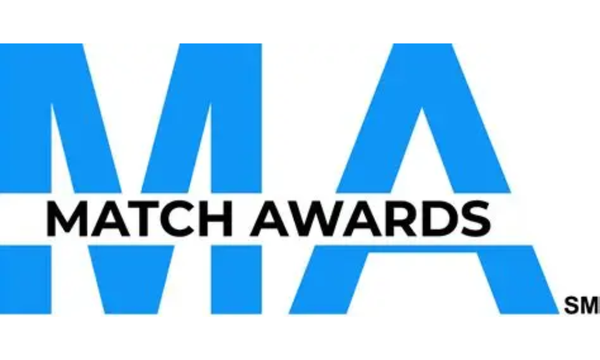How One Platform Is Making It Hard for Counterfeiters and Illegal Ownership

PRüF is an NFT platform that is helping firms and individuals across the globe to utilize the power of unique crypto tokens. With global supply chain analytics reaching nearly $16.83 billion by 2027, it is imperative that products and intellectual properties be protected so a bad actor cannot introduce a fake in the blockchain or illegally claim ownership. This is where PRüF comes in.
Why PRüF NFTs?
Non Fungible Tokens, or NFTs as they are known, are a unique class of blockchain-based digital assets that are one of a kind. This uniqueness enables users or brands to attach the tokens to a virtual or a real-life object, thereby creating a digital “title” that reflects the authenticity and current ownership of the underlying asset.
PRüF enables tokenization of any asset to create an immutable title for it. As blockchain tokens, NFTs are nonreplicable and cannot be counterfeited. With PRüF, you can create customized NFTs with media-rich capabilities for practically anything you own or produce.
While there are tons of online services to create NFTs of your goods and services, the NFT sphere is not without its fraudulent activities. Predictably, the $2.5 billion market has attracted scammers and digital thieves. For example, in February this year, a person posing as the famous artist Banksy was able to sell fake NFTs worth a million. People who bought the NFTs expected that they were buying from the real artist, but with no way to verify the token’s authenticity, they were ultimately hoodwinked. The PRüF protocol prevents this kind of fraud by making each token verifiably traceable to the online identity of its creator.
Creation, Verification, and Sales
Unlike most other ways to tokenize assets, PRüF has a strict process through which any firm or individual must go to create verified NFTs.
The first step is creating a verified token minting authority, also called a verified NODE token.
After undergoing a verification process, Verified users or brands are issued a special NODE token which authorizes the holder to define parameters such as what name or brand they want to give the NFTs, information on themselves or the business, any on-chain business systems they may wish to define, and more. Next, they define the storage provider they will use for documentation, images, software, or anything else needed to properly present or display their offering to the public. Storage providers can include permanent, on-chain storage for enduring value, or less costly options for assets that do not require “archival” quality storage.
Using their verified “Node Token”, the owner can then mint NFTs linked to the virtual or real-world assets they were made to represent.
After minting, a PRüF-enabled NFT (and the asset it represents) can be made available for purchase through PRüF’s Secure-Transfer service or using standard legacy protocols.
Secure-Transfer lets the buyer verify the token was issued by an authorized entity and is not a copy or fraudulent imitation. The buyer can further check using Private-Provenance to see if the seller is the actual owner and whether the goods have been reported stolen or not. Once the buyer is satisfied and verified in all aspects, the sale can take place with the transfer and new ownership written on the blockchain permanently.
Rewards for Returning Items
Since PRüF NFTs can be linked to any item, it becomes extremely handy in real-life situations where physical goods can be stolen or lost. In such cases, the owner can tag the lost or stolen asset with specific information, such as a return address and any reward. Scanning the item’s code will reveal the information so it can be returned to the rightful owner.
This feature comes in very handy in cases for assets that usually don’t have a paper trail in the first place, making it extremely hard for the actual owner to claim the item. With complete data already held within the NFT, the rightful token holder can show it as proof and get their item back.
Nodes and Staking
Each firm or artist who wants to mint NFTs on the PRüF protocol must become a node operator. As the network grows, this creates a network of nodes invested in the PRüF network and thus offers a pillar of security through their participation in community governance.
A recent proposal, PIP173, has been adopted to create a whole new stream of revenue for PRüF token holders. Token holders are now able to stake their tokens on any node in the PRüF ecosystem. With this proposal, 95% of all revenue generated from transaction fees is still directed towards the node operator, but the other 5% is equally distributed to stakers and the PRüF governing foundation. Staking not only incentivizes the token holders but also allows for a more secure network through the PRüF DAO.
Staking on a node delegates voting power to the node being staked on. The node then votes on proposals raised by token holders in the PRüF DAO, helping to ensure an adaptable, prosperous ecosystem for stakeholders, asset owners, and node operators alike.
Conclusion
As the NFT market continues to grow, the risk of purchasing NFTs that are fraudulent or will become broken links after their issuers disappear grows with it. The PRüF protocol solves these problems, and is a practical example of how NFTs can be adapted for real-world issues, from fighting fake products to ensuring the rights of asset owners.




